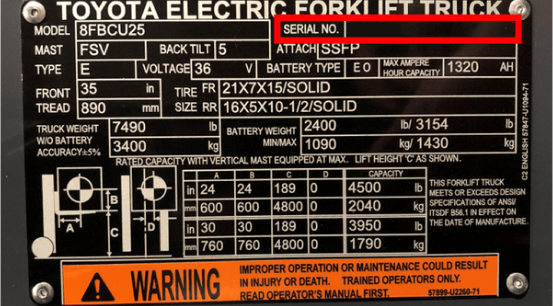Benefits of Lean Management Practices

The benefits of practicing lean management techniques, and Toyota Lean Management in particular, are wide-reaching. Inspired by the often-discussed Toyota Production System, Toyota Lean Management is the practice of using lean principles to optimize any process, which expand beyond just the manufacturing floor.
Toyota Lean Management is a journey that empowers associates to recognize and eliminate waste. The actual work of lean management is done at all levels of an organization, day in and day out, from the executive offices to the shop floor.
Here are some major changes in your business that you can expect when you embrace Toyota Lean Management company-wide.
Creating Standards of Efficiency
One core practice of Toyota Lean Management that enables you to improve operations is standardization. A bad standard is better than no standard, and you can always improve even the best standards. Standardization allows you to examine processes and understand where opportunities to improve exist.
Therefore, creation and documentation of standards through Toyota Lean Management practices is a benefit in and of itself. Many operations struggle to improve because they have no ability to recognize where and how they are failing. Standardization empowers you toward success by allowing you to pinpoint flaws using common and repeated processes.
As Taichi Ohno put it, “Without a standard, there can be no improvement.”
A Shared Vision for Business Success
One of the major downfalls of many well-intentioned business plans is that they are ineffectively communicated and shared throughout the organization. If a single member of the organization doesn’t understand the plan and its goals, inefficiencies begin to form. Two important Toyota Lean Management practices can help.
Hoshin Kanri is a business management model that begins like many other models. Executive management creates the goals of the organization. But where Hoshin Kanri diverges from most plans is that it focuses as much on associate development as it does goal attainment. By empowering associates to understand the organization’s goals and focusing on their growth using lean goals as the measure of success, all associates begin to develop a shared vision of what they are trying to achieve. When that happens, all individuals are attempting to improve efficiency in a way that aligns with the overarching goals.
How can you make sure that all of your associates understand the goals? Visual management practice is another key component in creating a shared vision. This means that instead of just telling associates the goal, you must make that goal understood in a way that is trackable and can be seen. Put up boards that show business goals and update them when you are behind or ahead of schedule. Make sure those boards and charts are visible to all associates. Once visible, establish a cadence for review as a team and decide on next steps as a team – creating alignment and velocity toward improvement. And importantly, if you’re a manager who is responsible for creating those goals, practice Genchi Genbutsu – “Go and See.” You can’t be an effective lean manager if you never leave your office. You have to go and see how associates are working and where they need assistance.
Toyota Lean Management Means You’re Always Striving to Get Better
Remember Taichi Ohno’s comment on standardization? “Without standardization, there can be no improvement.” Here’s where the rubber meets the road for lean management – you never stop improving. No process will ever be completely devoid of waste. There is always room for improvement.
In Toyota Lean Management, we call this “kaizen” – which means continuous improvement. While the total elimination of waste is the pinnacle of TLM, the values of TLM require that you embrace, at the core of your company culture, that you can always do better. It also means turning your focus inward.
The benefit? No matter how good your process is, it can always get better – which means your business can always grow.
To reap the above benefits, it is important that you and your organization remain internally focused. While external factors like the economy will certainly impact your business, it should always be your focus to adjust and improve practices internally for continuous improvement, whatever the external factors happen to be. In this way, your “kaizen” focus is never about excuses and always about getting better.
Want to know more about how to take your first steps in your lean journey? Contact your local authorized Toyota dealer to get started today.


